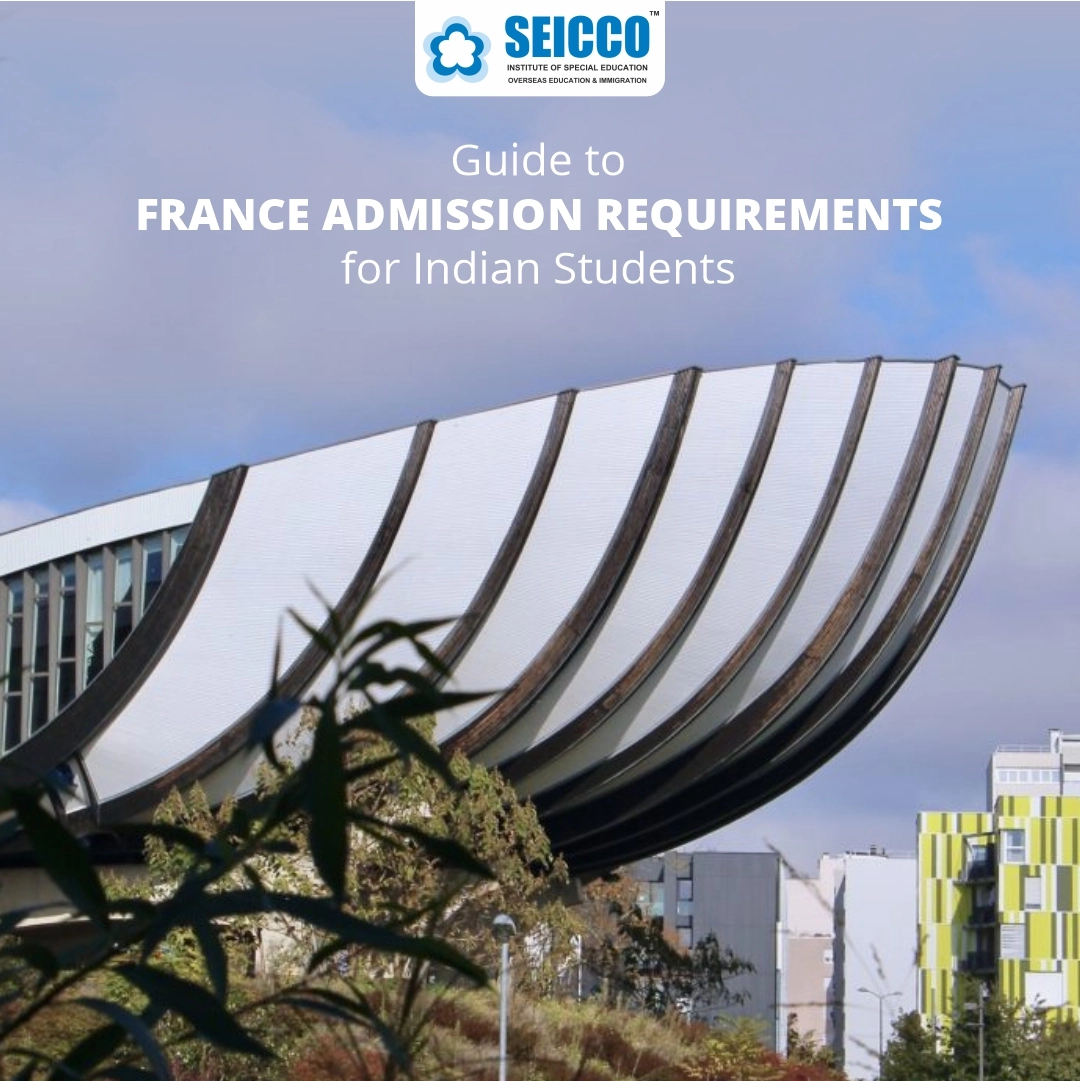What is a Student Visa?
A student visa is a type of visa that allows individuals to travel to another country to study at an educational institution. This is a legal document issued by the government of the host country that gives the student permission to reside in that country for the duration of the study. Student visas usually have specific requirements and conditions, such as proof of enrollment in an educational institution, financial status, and immigration compliance.
Student Visa Guidelines
To make sure your student visa does not get canceled, you have to follow the student visa rules:
- You can only work limited hours (usually 20 hours per week) in campus jobs.
- You have to attend all your classes (unless there is an emergency).
- If you have a scholarship, you have to maintain a specific GPA.
- You cannot stay after your visa expires.
- You cannot apply for permanent residence under a student visa.
Student Visa: Understanding the Application Process
While the specifications for attaining a student visa can vary depending on the country and its immigration policies, here is a general guide that you may need to consider when applying for a student visa:
- Research: Gather information about the visa requirements and application process for the country you plan to study in.
- Choose an Institution: Select a recognized educational institution and secure an acceptance letter or enrollment confirmation.
- Financial Preparation: Ensure you have sufficient funds to cover tuition fees, living expenses, and other related costs.
- Document Preparation: Gather all necessary documents, such as passport, academic transcripts, and proof of language proficiency.
- Health Insurance: Obtain health insurance coverage that meets the requirements of the host country, if necessary.
- Visa Application: Complete the visa application accurately, providing all required information and supporting documents.
- Application Submission: Submit the visa application and pay the required fee by the designated deadline.
- Interview/Biometrics: Attend any scheduled interviews or biometrics appointments, if applicable.
- Proof of Return: Demonstrate your intent to return to your home country after completing your studies (e.g., providing evidence of ties, such as family, property, or job prospects).
- Follow Instructions: Comply with any additional instructions provided by the embassy or consulate, and respond promptly to any requests for further documentation.
- Submit Application and Await Decision: Submit your completed application along with the necessary documentation to the appropriate embassy, consulate, or visa processing center. Afterward, patiently wait for a decision on your visa application.
Please note that these guidelines are general in nature and for the most accurate information possible it is important to refer to the specific requirements and guidelines of the embassy or consulate of the country you wish to study in.
Types of Student Visa
When it comes to pursuing education abroad, there are various types of student visas available depending on the country and specific circumstances. It’s important to note that visa regulations can vary between countries, so it’s always best to consult the respective country’s embassy or consulate for accurate and up-to-date information. Here are a few examples:
- F-1 Visa (United States):
This visa is for academic studies in the United States at an accredited institution. It is typically used by students pursuing degrees at universities, colleges, or other academic institutions. The F-1 visa allows for both undergraduate and graduate studies.
- J-1 Visa (United States):
The J-1 visa is for exchange visitors and scholars participating in approved exchange programs. It covers various categories, including students, interns, teachers, and researchers. J-1 visas often involve cultural exchange programs and require sponsorship by an educational institution or organization.
- Tier 4 Visa (United Kingdom):
The Tier 4 visa is for students studying in the United Kingdom. It applies to students over the age of 16 who have been accepted into a course at a recognized educational institution. The visa is usually granted for the duration of the course and allows for limited work rights.
- Student Visa (Canada):
Canada offers different types of student visas, depending on the duration and nature of the course. The main category is the Study Permit, which allows international students to study at designated learning institutions in Canada. The duration of the permit depends on the length of the program.
- Student Visa (Australia):
Australia offers the Student Visa (subclass 500), which is designed for international students who wish to study at an Australian educational institution. This visa allows students to undertake a full-time course of study and may also grant limited work rights.
- Student Visa (New Zealand):
New Zealand provides student visas for international students. The specific visa category depends on the duration and level of study. The visas enable students to study full-time at a New Zealand educational institution.
Conclusion:
It is important to realize that the examples above are just a few of the common student visa categories and that many other countries have their own visa types and requirements for international students. Student visa regulations and procedures can vary greatly from country to country. Therefore, it is crucial that prospective students research thoroughly and gather comprehensive information about the visa options and requirements of their desired study destination. Ultimately, investing time and effort into this research will ensure that international students have up-to-date and accurate information tailored to their particular circumstances, which can help them successfully apply for a student visa.







